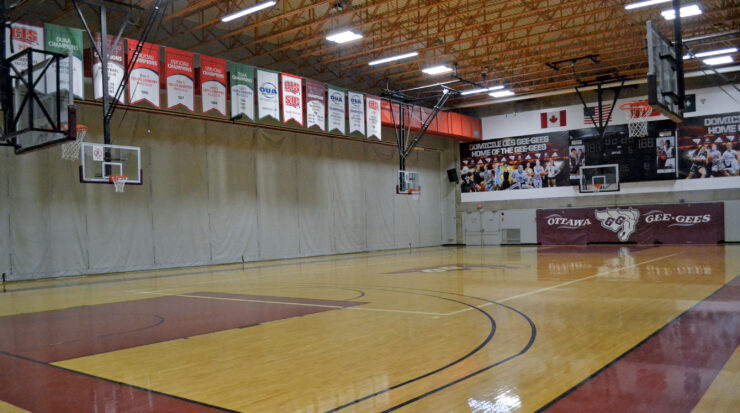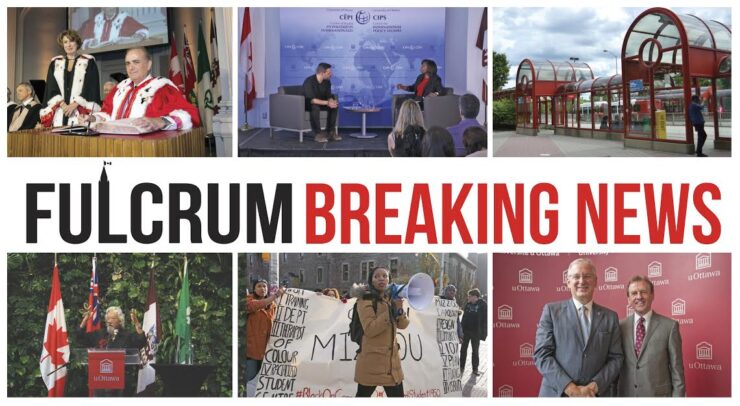BOA has the power to make a report on in-camera sessions, and they need to use it
The Student Federation of the University of Ottawa (SFUO) has gone through multiple scandals in the past year, including harassment among the executive, laying off most of its summer workforce to avoid bankruptcy, and questionable executive financial practices.
The student body would be far less informed about these issues if the SFUO executive had been successful in their motions to close the discussions in Board of Administration (BOA) meetings to the public via a vote to go “in camera”.
However, many of these motions do succeed, and there have been a number of in-camera sessions over the past year—some lasting hours.
Now, in many situations these in-camera sessions are useful and important tools to an organization. However, at previous BOA meetings there have been reports of financial practices by individual members of the SFUO, as well as disciplinary committee findings, that call into question whether these in-camera meetings have been misused.
In light of such events, the BOA should create a committee to investigate and report publicly on how in-camera sessions are conducted before continuing to use them.
One argument in favour of in-camera sessions, brought up at the most recent BOA meeting by vice-president finance Rizki Rachiq, is the concern about unofficial SFUO information being misunderstood and miscommunicated by a student present at the meeting or student media.
In the case of many corporations who use the rule in this situation, confusion about unfinalized earnings could cause shareholders to panic or stocks to plummet, causing real damage.
However, when it comes to the SFUO the only effect would be on perception of the organization, and keeping the numbers a secret from the student population is just as likely to affect that perception.
Also, the SFUO is in a position, by updating their online budget projections, to control the definitive source that people could check these reports against, and so could easily correct any misinformation.
What’s more, the SFUO is no stranger to releasing unofficial data. After last year’s elections and by-elections, the SFUO released the unofficial vote counts on its Facebook page, with no harm done to the electoral process.
The second main argument is that for sensitive personnel issues, an in-camera meeting can provide a safe space to work past the issue without publicly exposing any personal information involved.
Nobody denies that this right should be provided to all members of the BOA. However, it’s not clear that in-camera sessions are currently providing this safe space as they should.
Before moving in camera at the recent BOA meeting, Justin Patrick, a proxy for Faculty of Social Sciences representative Tony Bui, asked whether the in-camera environment would be a safe space for participants, saying he heard that the meetings could be quite intense.
Concerns about the provision of a safe space are only magnified by last year’s disciplinary committee report which stated unequivocally that the other members of the executive had been harassing then-vice-president finance Camelia Touzany. The same report concluded that some members of the executive used “abusive in camera points.”
These concerns would never even have come to light if the previous chair of the board hadn’t overruled a motion to have the disciplinary committee’s report read in camera.
According to the SFUO’s constitution, the BOA has the right to create ad hoc or standing committees, and they should use this authority to create a committee to present a report to the public on the BOA’s in-camera sessions.
If the practices are sound, the SFUO can restore some much-needed trust with the student population. If they aren’t, then the student population has a right to know.





